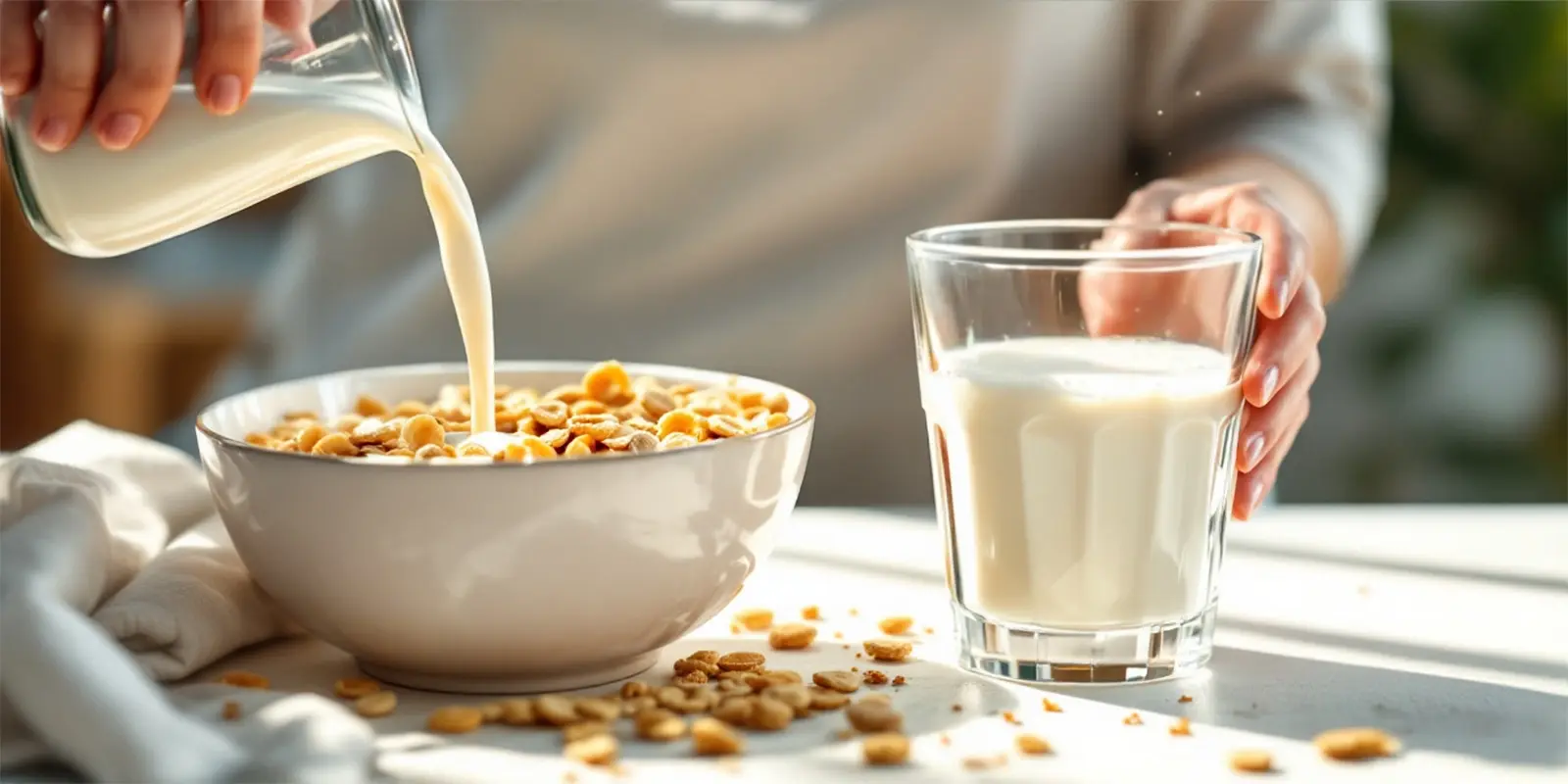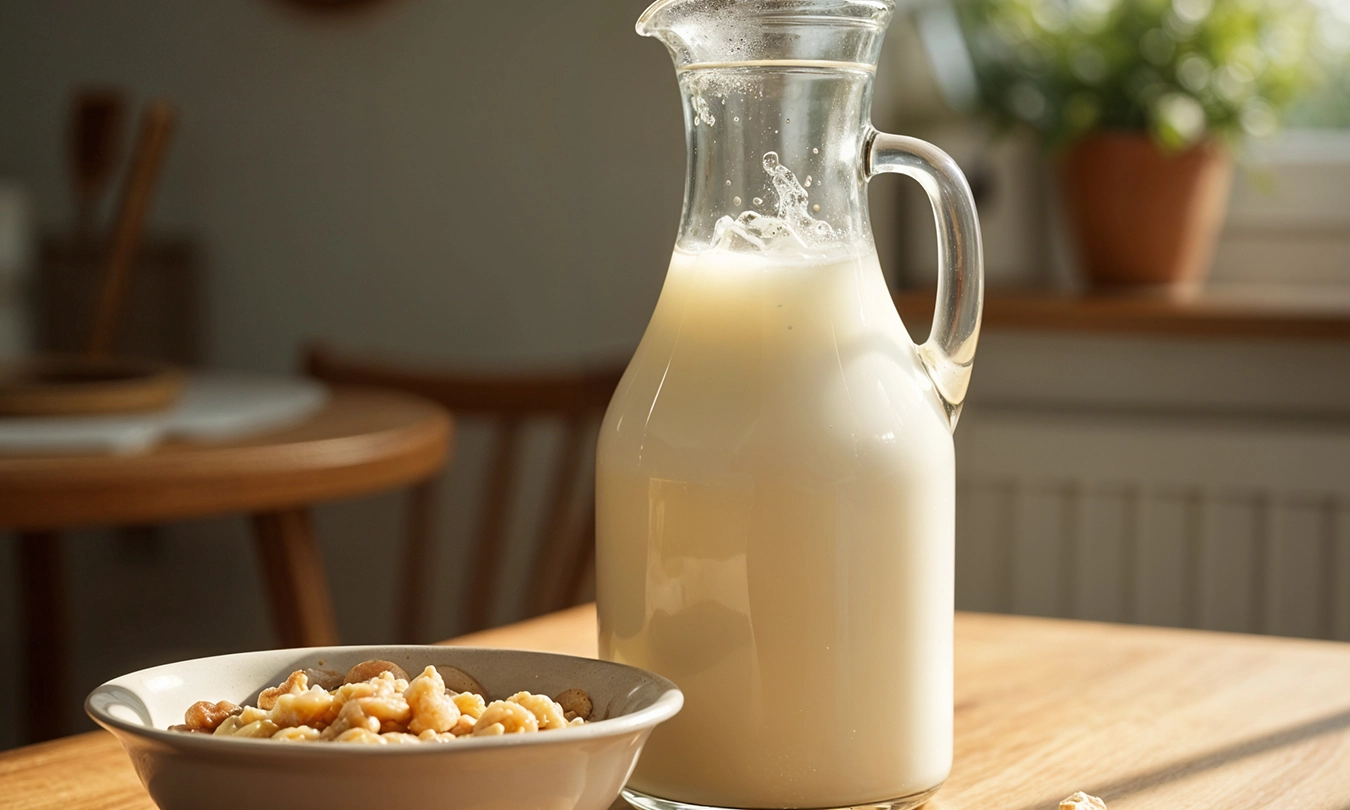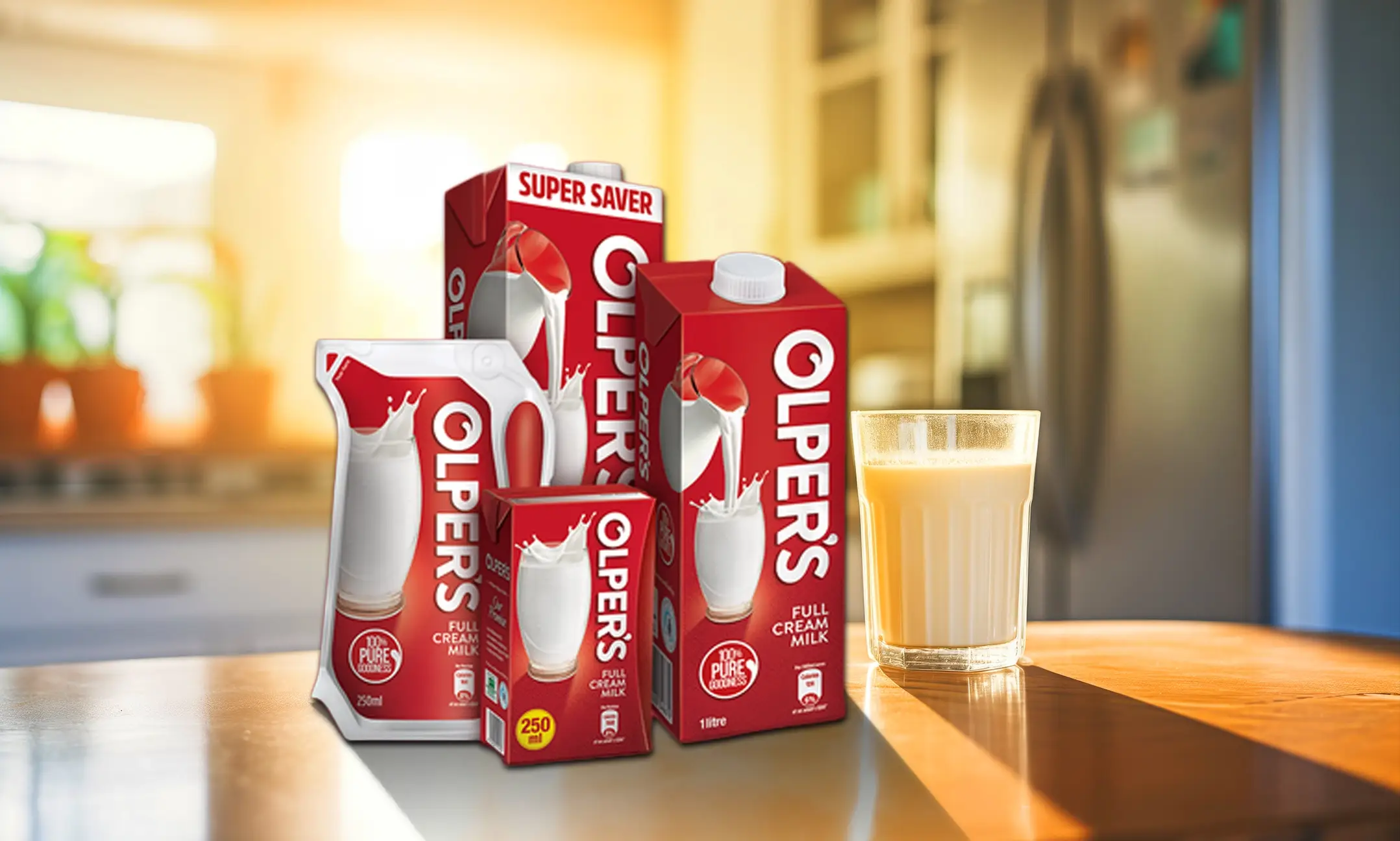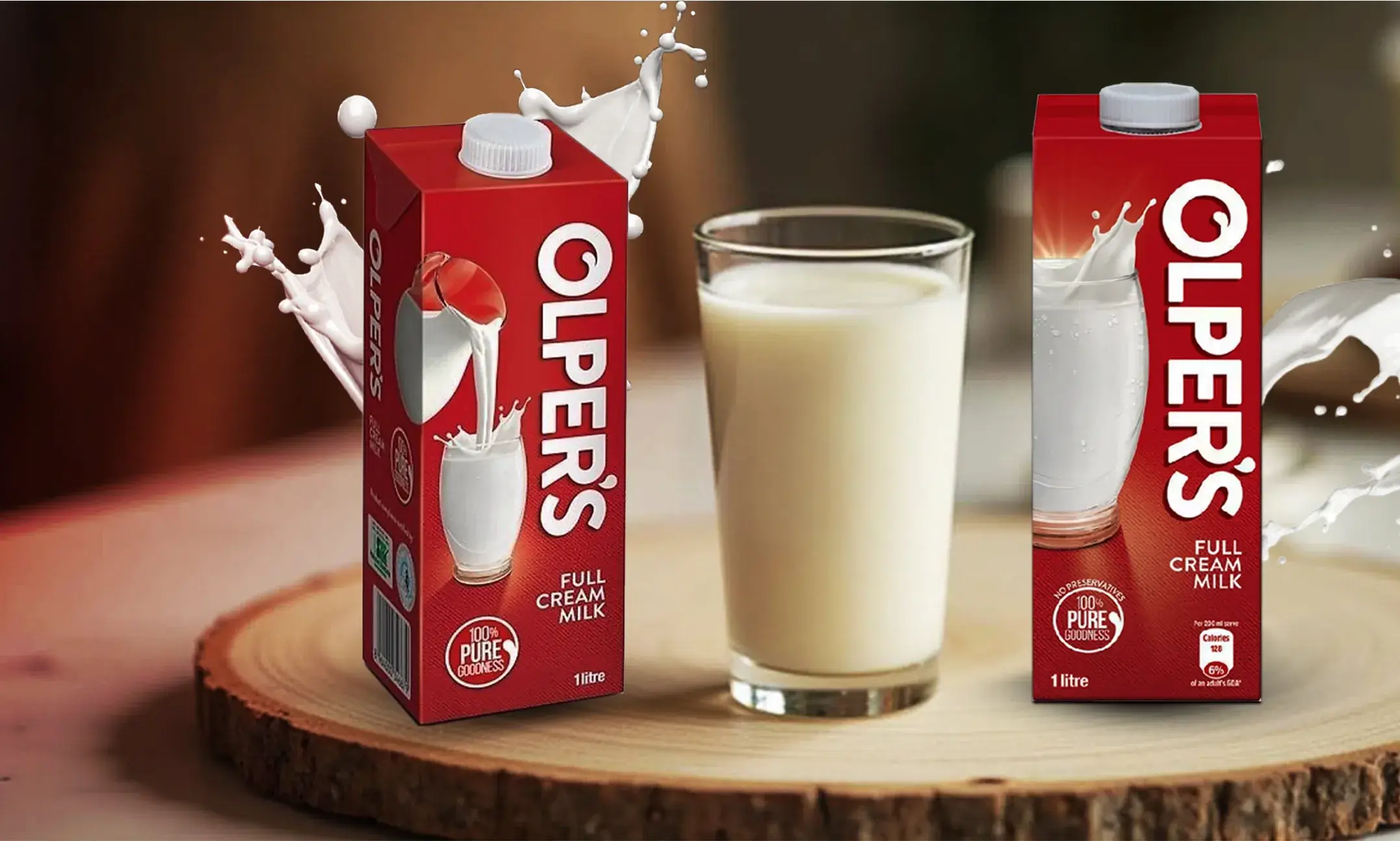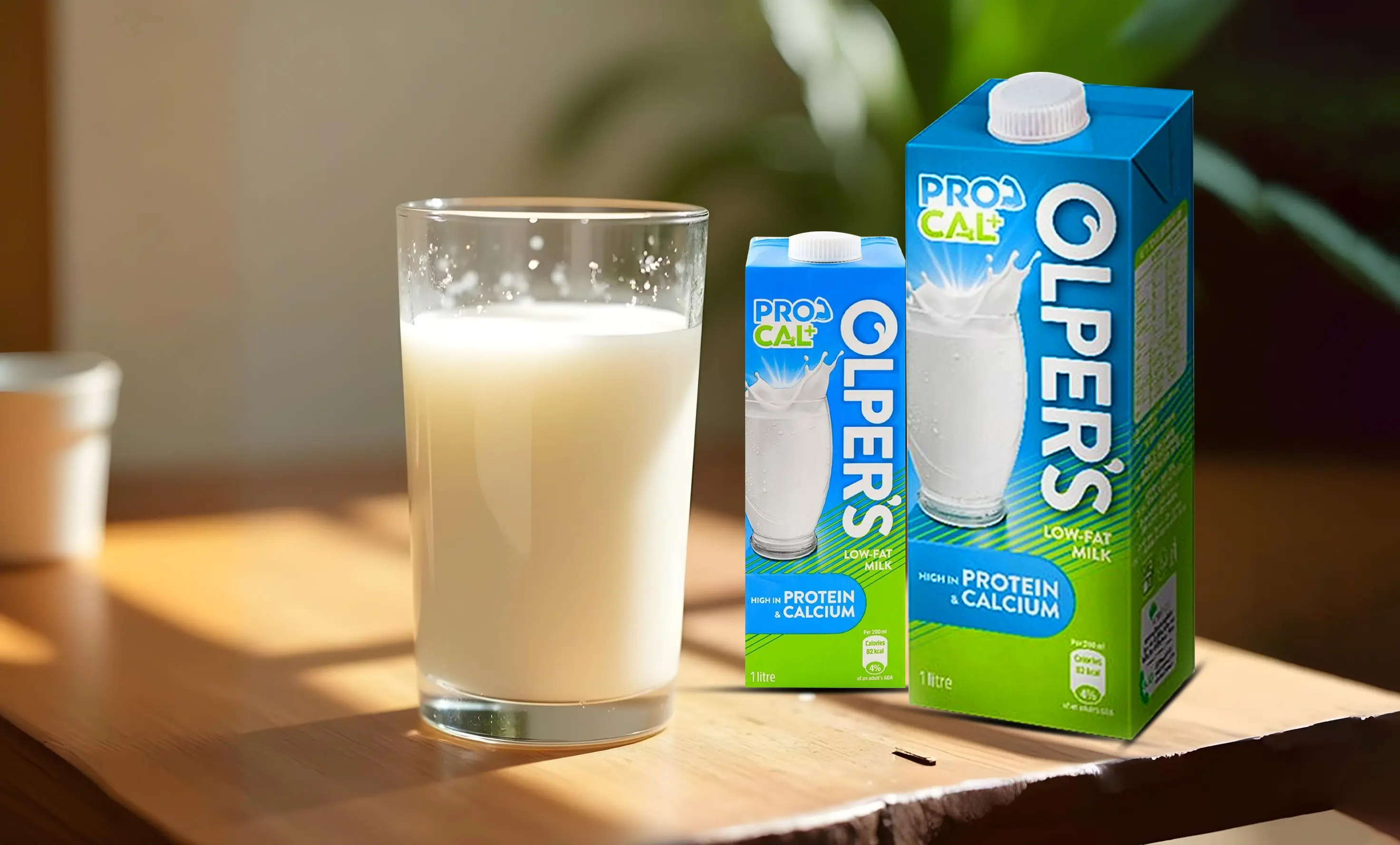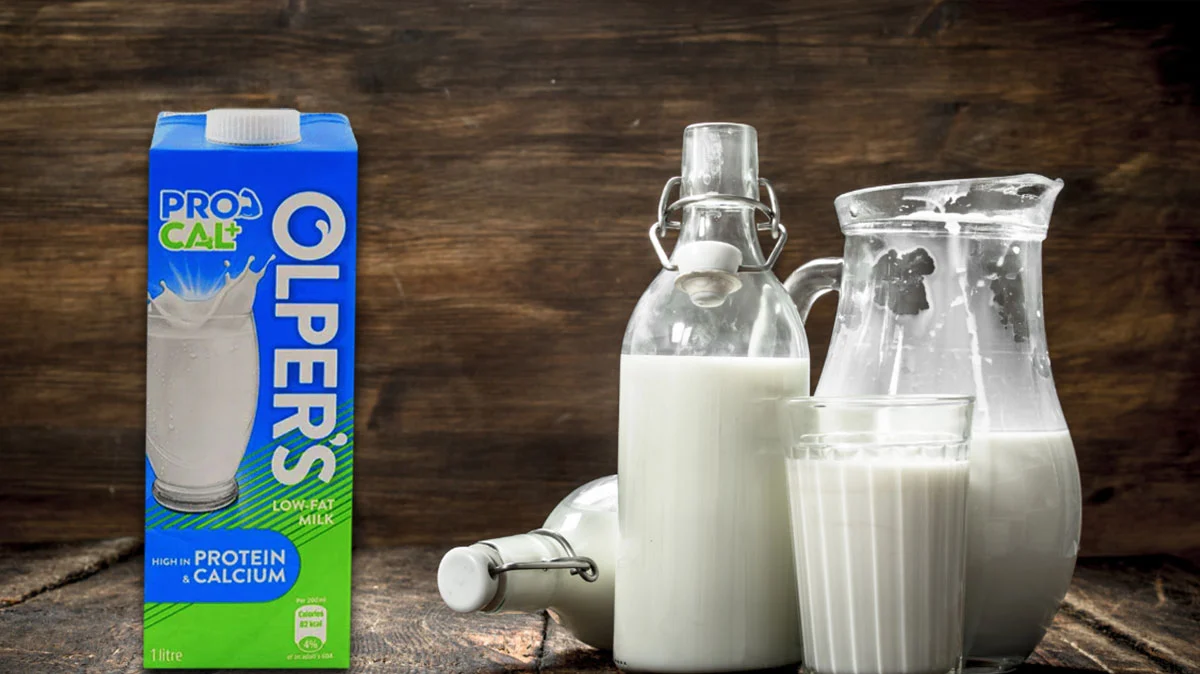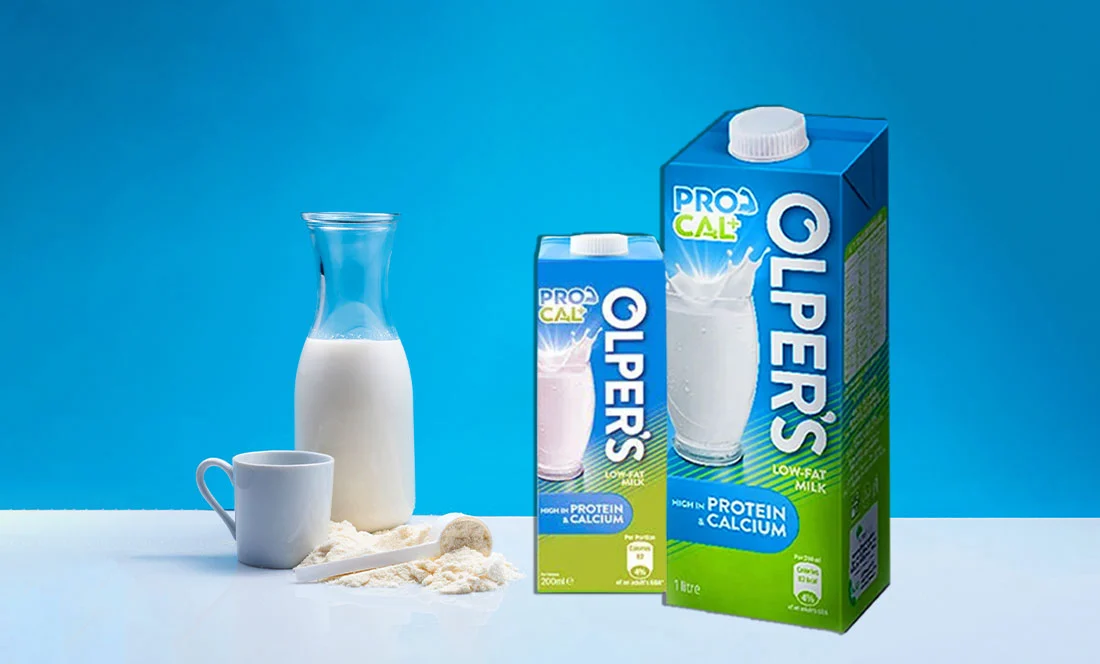LOW FAT MILK CALORIES AND THEIR NUTRITIONAL FACTS & HEALTH BENEFITS
TABLE OF CONTENTS
- LOW FAT MILK CALORIES: HOW MANY CALORIES DOES IT CONTAIN?
- DIFFERENCE BETWEEN LOW FAT MILK, WHOLE MILK, AND SKIM MILK
- CALORIE COUNTING: FACTORS THAT INFLUENCE CALORIE COUNT
- NUTRITIONAL FACTS OF LOW FAT MILK
- HEALTH BENEFITS OF LOW FAT MILK
- BEST WAYS TO INCLUDE LOW FAT MILK IN YOUR DIET
- ADD TO YOUR DAILY BEVERAGES
- PAIR WITH BREAKFAST FOODS
- SUBSTITUTE YOUR FAVORITE RECIPES WITH LOW FAT MILK
- COMMON MYTHS AND MISCONCEPTIONS ABOUT LOW FAT MILK
KEY TAKEAWAYS
- Lower Calories, Same Nutrition – Low-fat milk contains all of the same essential nutrients as whole milk, including protein, calcium, and vitamins, but with fewer calories, making it a better choice.
- Aids in Weight Management – As a lower-fat alternative, low-fat milk can help you get a balanced diet without too many extra calories.
- Build Strong Bones & Teeth – Low-fat milk is high in calcium and vitamin D which helps to strengthen bones and teeth and also lowers the risk of osteoporosis.
- Heart-Healthy: Saving a ton of fat with low-fat dairy preserves one of the diet's best benefits: saturated fat, which helps lower cholesterol levels.
- Good for Daily Use – Low-fat milk can be added to coffee, smoothies, cereals, and the cooking of various dishes. It is very nutritious.
Low-fat milk is a popular alternative to whole milk, providing a good source of critical nutrients at a lower fat content. If you're counting calories or need a nutrient-dense option in your dairy aisle, then knowing low-fat milk calories is key to your dietary choices.
Low-fat milk nutrition is supported by its profile of protein, calcium, and vitamins that are rich, but it contains less fat content than whole milk. But how does it compare in terms of nutrition? This guide will explore low fat milk benefits, its calorie count, and how it compares in the low-fat milk vs whole milk debate, so you can enjoy dairy without the excess fat.
LOW FAT MILK CALORIES: HOW MANY CALORIES DOES IT CONTAIN?
Knowing that low-fat milk is important for making healthier dietary choices when selecting dairy. Low-fat milk may be a lighter alternative with fewer calories than whole milk but still full of health-promoting nutrients.
DIFFERENCE BETWEEN LOW FAT MILK, WHOLE MILK, AND SKIM MILK
- Whole Milk (3.25% fat) – Higher in fat and calories but more nutrients.
- Low-Fat Milk (1-2% fat) – A moderate option with fewer calories while preserving low-fat milk's nutritional advantages.
- Skim Milk (0% fat) – Lowest calories with protein and calcium
CALORIE COUNTING: FACTORS THAT INFLUENCE CALORIE COUNT
Calorie Content: The calories in low-fat milk depend on a few things, like serving size, fat percentage, and whether sweeteners or flavors are added. Low-fat dairy has also been found to provide important vitamins, minerals, and protein while having reduced fat, all positive aspects for dairy health.
NUTRITIONAL FACTS OF LOW FAT MILK
Low-fat milk contains the same nutrients as regular milk but has fewer calories than whole milk. When it comes to a low-fat milk calorie guide, a calorie chart along with a nutritional breakdown of the contents of low-fat milk can help you make informed healthy dietary choices.
THE MACRONUTRIENT CONTENT OF LOW FAT MILK
- Protein – Promotes muscle building and supports overall health.
- Carbohydrates – Energy source, chiefly lactose (natural milk sugar).
- Fats – Contains less fat than whole milk, making it a lighter choice
ESSENTIAL VITAMINS AND MINERALS
- Calcium – Builds strong bones and teeth.
- Vitamin D – Helps with calcium absorption and immunity.
- Potassium & Magnesium - Necessary for the heart and muscles to function properly.
EFFECTS OF LACTOSE CONTENT
For some mildly lactose intolerant individuals, low-fat milk nutrition that contains lactose may still be digested. Extremely sensitive individuals can choose lactose-free options and still enjoy the advantages of low-fat dairy benefits.
Select low-fat milk for the nutritional benefit of lower calorie count, making it a smart selection within a well-rounded diet.
HEALTH BENEFITS OF LOW FAT MILK
Opting for low-cholesterol milk is great for health-conscious individuals. It is a rich source of important nutrients, and if used in moderation, it supports overall well-being. Low-fat milk calories are less than whole milk.
BENEFITS OF BONE HEALTH AND STRONG TEETH
By keeping bones and teeth strong, low-fat milk nutrition, which is high in calcium and vitamin D, can help lower the risk of osteoporosis.
HELPS CONTROL WEIGHT AND BURN CALORIES
Low-fat milk provides fewer calories than whole milk, making it a great choice for weight management without sacrificing important nutrients.
PROMOTES HEART HEALTH
Low in saturated fat, low-fat dairy benefits heart health, helping to regulate cholesterol and prevent heart disease.
High-protein milk helps in the repair and maintenance of muscles, making it a good post-workout option. Selecting low-fat milk vs whole milk allows you to enjoy all the nutrients of low-fat milk without all that additional fat - it's a smart addition to a balanced diet.
BEST WAYS TO INCLUDE LOW FAT MILK IN YOUR DIET
Low-fat milk calories fit easily and delightfully into your daily routine. Whether you like to drink it or include it in cooking, low-fat milk benefits make it a healthy addition to any diet.
ADD TO YOUR DAILY BEVERAGES
- Use low-fat milk with coffee or tea instead of whole milk.
- Blend it up in smoothies for a creaminess with a lower calorie profile than low fat:
- As a refreshing drink with a touch of honey or cocoa.
PAIR WITH BREAKFAST FOODS
- Mix it into cereals or oatmeal for a nutrient-rich beginning.
- Low-fat dairy benefits using chia pudding or overnight oats.
SUBSTITUTE YOUR FAVORITE RECIPES WITH LOW FAT MILK
- Use low-fat milk instead of whole milk in recipes, such as sauces, soups, and pasta dishes.
- In baking it can be used for lighter cakes, pancakes, and muffins without losing the nutritional value of low-fat milk.
COMMON MYTHS AND MISCONCEPTIONS ABOUT LOW FAT MILK
There are many misconceptions about low-fat milk calories and its health benefits. We’re here to clear the air about some common myths.
DOES LOW FAT MILK MISS OUT ON IMPORTANT NUTRIENTS?
Low-fat milk nutrition is thought by many to be worse than whole milk. Low-fat dairy advantages are that it has the same important nutrients as regular milk, including calcium, protein, and vitamin D, but with fewer calories in low-fat milk. The only thing that is different here is that it is lower in fat.
IS WHOLE MILK BETTER FOR WEIGHT LOSS?
You may have been told that whole milk is healthier for weight control, but research indicates that low-fat milk vs whole milk can be equally satiating while cutting down total calorie consumption. Those who are looking to manage weight can still get the nutrients out of low-fat milk by choosing low-fat milk.
CONCLUSION
Low-fat milk is a nutritious and versatile choice that provides essential nutrients while keeping low-fat milk calories in check. A smarter choice for those who want to stick to healthy eating is a low-fat milk solution, as it provides strong nutrition, including protein, calcium, and vitamins. Whether you’re painting a picture of the different low-fat milk vs whole milk or simply working to enjoy the low-fat dairy benefits, this lighter option encourages weight management as well as heart health and bone strength. You can use low-fat milk while preparing your daily meals and get all the nutrition of low-fat milk without unwanted fat thus helping you to lead a healthy lifestyle.
Enjoy the benefits of low-fat milk with Olper’s Low-Fat Milk, packed with essential nutrients and a rich, creamy taste without the excess fat.
Related Blogs
| Image | Product | Price | Quantity | Subtotal |
|---|





